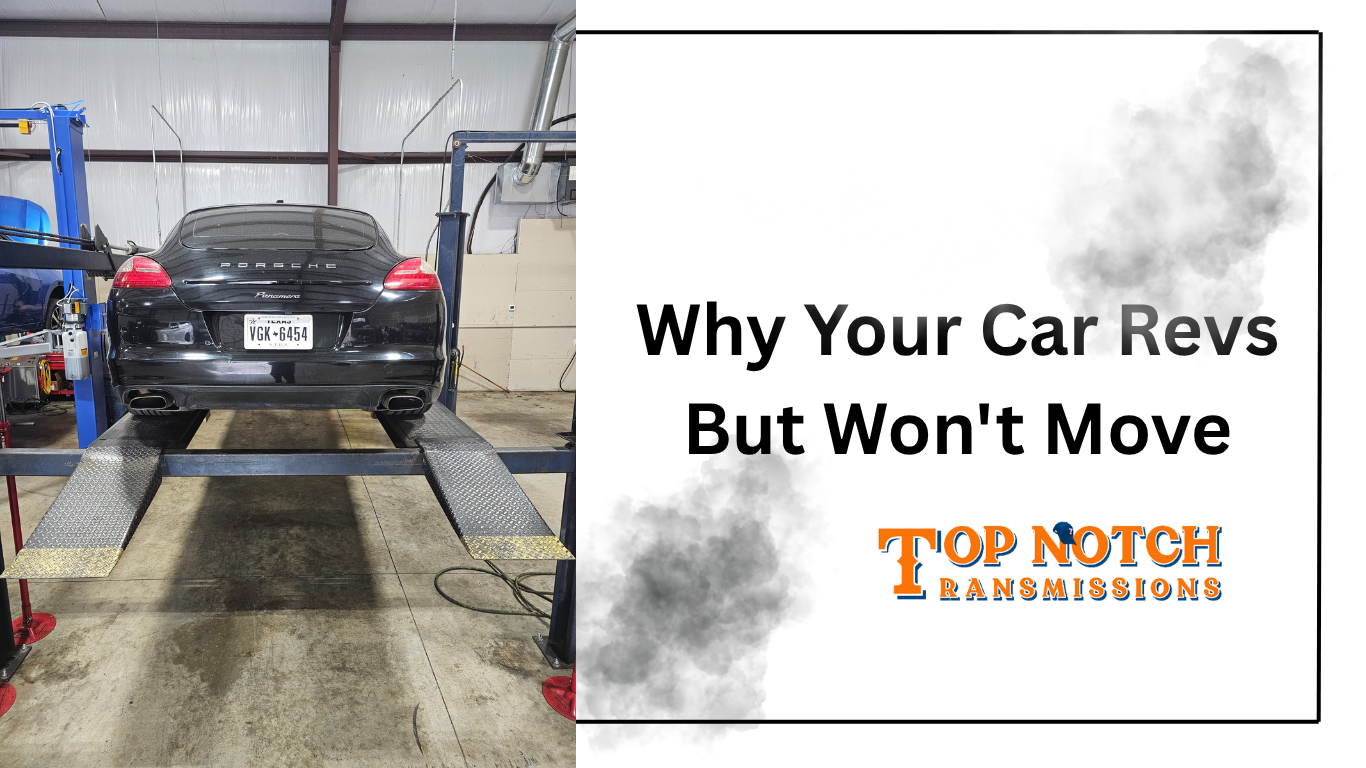
- Give Us A Call (817) 386-7592
- Get Directions
-
Financing Available

It’s unsettling when you press the gas and feel your vehicle suddenly lurch forward. If your car lurches forward when accelerating, that’s a signal something in the drivetrain, engine, or fuel system isn’t working smoothly. In this article, we’ll explore the most common causes, walk through how to diagnose the problem, and explain when it’s time to have experts step in.
When your vehicle surges or jerks — instead of delivering smooth acceleration — it often means power is being transferred abruptly or inconsistently from the engine to the wheels. In essence, something in the system is suddenly grabbing or releasing. For example, in an automatic transmission, worn clutches, low fluid, or a faulty torque converter can cause abrupt changes in drive engagement.
In mechanical terms, a lurch can result from:
This symptom may start mildly and worsen over time, especially if left unaddressed.
Here are some frequent causes behind sudden forward movement during acceleration:
1. Low or Contaminated Transmission Fluid
In an automatic, low or dirty fluid can delay or abruptly engage gears. If you’ve noticed any transmission hesitation or odd smells, check out our guide on why your car revs but doesn’t move—another sign of fluid or transmission issues.
2. Worn Transmission Components or Torque Converter Failure
Clutch packs, bands, or solenoids inside the transmission wear out over time. These components control the smooth engagement of gears. When they fail, the result can be harsh or erratic shifting—especially when accelerating.
3. Engine Misfires or Fuel Delivery Problems
A clogged injector, faulty sensor (like throttle position or mass airflow), or poor fuel delivery can cause uneven power output. The sudden jolt from inconsistent combustion can feel like the car is surging.
4. Broken or Worn Mounts
When engine or transmission mounts wear out, excess movement under load causes the vehicle to jerk when the torque suddenly shifts. This is a common but overlooked cause.
5. Drivetrain Slack or Binding
If a CV joint, axle, or driveshaft component is sticking or binding, the moment it releases can send a surge of power through the driveline—creating that lurch you feel.
While professional diagnostics are often required, there are a few simple checks you can do:
If this sounds overwhelming, you’re not alone. In fact, this type of issue is often one of the first signs drivers notice before larger transmission failures. For deeper insight, check out this helpful explanation of transmission service and repair from NAPA.
Lurching during acceleration is a symptom that should never be ignored. It’s not just annoying—it can lead to driveline damage, unsafe driving, and costly repairs if left untreated.
At Top Notch Transmissions, we specialize in getting to the bottom of issues like these. Whether your car needs a transmission repair, clutch inspection, or complete transmission replacement, our Fort Worth technicians can help. If the problem lies in worn motor mounts or manual clutch systems, our manual transmission service ensures precise, lasting repairs.
For more support with sudden jolts or surges during acceleration, Top Notch Transmissions offers diagnostics that go beyond quick fixes. We’ll inspect fluid quality, internal parts, mounts, and sensors to give you a full picture—backed by honest advice and certified repairs. Don’t wait for the lurch to turn into a stall or breakdown. Call us today to schedule a transmission or driveline check in Fort Worth.
